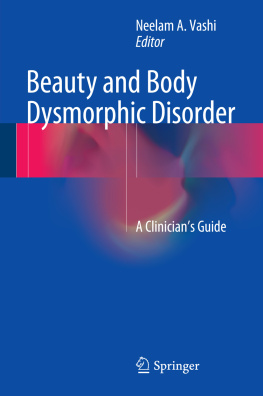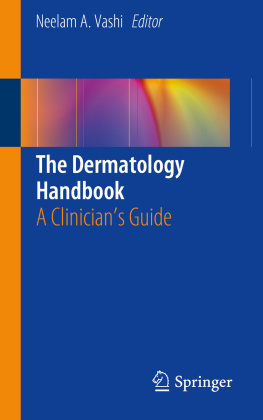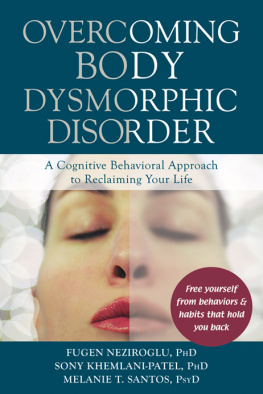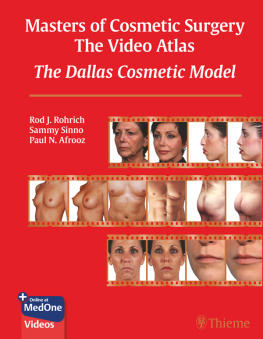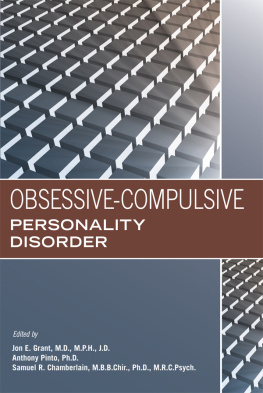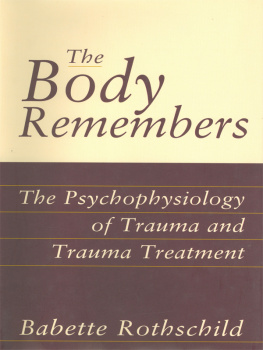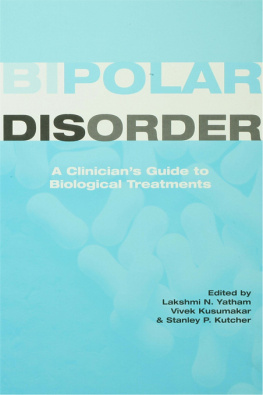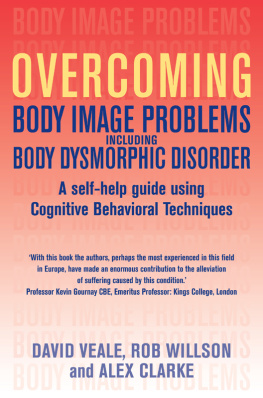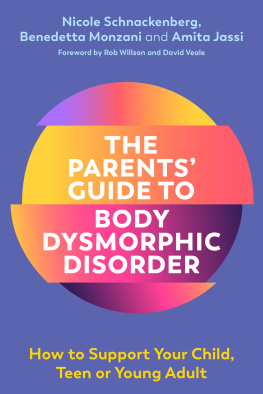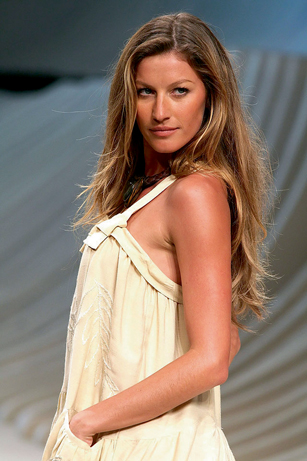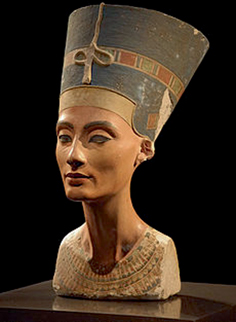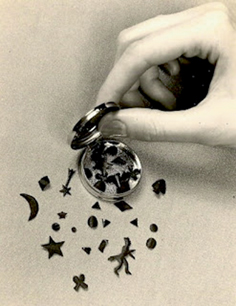The Beauty Background
We, as a society, have a deeply rooted obsession with beauty. From little girls trying on their mothers high heels to elderly women spending hours in salons dyeing and styling their hair, the indulgence to look and feel beautiful pervades all age groups and walks of society. This insurmountable fascination is illustrated by the 814,000,000 results on a Google search engine, where one can read about all the new advice, secrets, and tricks to look more beautiful. We even have whole magazine editions dedicated to show and exalt the most beautiful in society. Our fascination is not dumbfounded as it pays to be beautiful. Now a common household name and the highest paid supermodel in the world, Gisele Bundchen (Fig. ]. The appeal of enhancing attraction appears to be quite commonplace; however, keeping it up clearly can be quite costly and time consuming.
Fig. 1.1
Gisele Bundchen. Photograph courtesy of Tiago ChediakFlickr. Licensed under CC BY 2.0 via wikimedia commons. ( http://commons.wikimedia.org/wiki/File:Gisele_Bundchen2.jpg#mediaviewer/File:Gisele_Bundchen2.jpg )
Fig. 1.2
a Body evolutionmodel before and after air brushing. b Keira Knightley before and after photoshop. ( http://www.about-face.org/disclaimer-for-airbrushed-models-an-effective-solution/ )
Kosmetikos
In the Greek myth of Narcissus, a very handsome hunter looks into the water and falls in love with his own reflection. He dies there alone, unable to look away from his own beauty. This was mans first mirror; the still water of a clear pool []. In todays age, we only have to turn a corner to see our own reflection in a smooth and unvarnished glass mirror. Seeing ones own reflection has spurred the desire to change, manipulate, conceal, and enhance our given looks; with American men and women spending billions of dollars every year on beauty enhancing measures.
The history of cosmetics spans almost every society on earth over a period of at least 6000 years of human life. The word cosmetics stems from the Greek Kosmetikos , meaning skilled in decorating [].
Fig. 1.3
Queen Nefertiti (13701330 BC) of ancient Egypt with thick black eye makeup. Photograph courtesy of Nofretete Neues Museum by Philip PikartOwn work. Licensed under CC BY-SA 3.0 via wikimedia commons. ( http://commons.wikimedia.org/wiki/File:Nofretete_Neues_Museum.jpg#mediaviewer/File:Nofretete_Neues_Museum.jpg )
Studies, that are more recent, have shown that visible skin color distribution plays an important role in the perception of female attractiveness []. Recent research has demonstrated that males and females are sensitive to skin color variations, and such variations can affect the perception of attractiveness, age, and health; thus, promoting the design of makeup and cosmetic products able to provide more even skin color.
One of the earliest forms of cosmetics was actually beauty patches (Fig. ], and soon we had the birth of modern day cosmetics.
Fig. 1.4
Silk beauty patches in different shapes. ( http://fortieswardrobe.blogspot.com/2012/10/beauty-patches-anno-1948.html )
Spearheaded by the French, the birth of the modern cosmetics industry came in the 1880s with the replacement of homemade cosmetics by store-bought, brand-name products: Guerlain, Chanel, Coty, Dior, Rubinstein, Arden, Revlon, Lauder, and Avon, to name a few [];and we as consumers purchase these products, spending billions of dollars each year in attempts to enhance our beauty.
What Is Beauty?
So what does this magnificent word beauty truly mean, and what are the implications for being beautiful? The Merriam-Webster dictionary defines beauty as the quality or aggregate of qualities in a person or thing that gives pleasure to the senses or pleasurably exalts the mind or spirit [].
Developed by researchers at the University of Michigan in 1971, the most widely used scale to study beauty uses a 5 to 1 rating scheme with special instructions on what rating choices mean [].
5 Strikingly handsome or beautiful
4 Good-looking (above average for age and sex)
3 Average looks for age and sex
2 Quite plain (below average for age and sex)
1 Homely
Although individuals will always vary to some degree when rating others attractiveness, there is a remarkable tendency to generally agree within categories with complete disagreement (e.g., the rating of someone as either a 5 or 1) about looks being an extraordinarily rare event [].
The importance of beauty holds true at all ages and also worldwide. Not deemed cute enough to sing on national television during the 2008 Summer Olympics, a cuter girl was ordered to lip-synch during the opening ceremony of the Beijing Olympic Games (Fig. ]. Regardless, there is overall worldwide agreement on the ability to stratify those into disparate categories of strikingly handsome or homely with subsequent societal implications.
Fig. 1.5
Beijing Olympic Games with girl on left lip-synching Ode to the Motherland to voice of girl on top right . ( http://www.smh.com.au/news/off-the-field/silencing-the-star-in-red/2008/08/12/1218306898050.html )
The Beauty Premium and Ugliness Penalty []
The ability to categorize and quantify beauty has allowed research to show us that there are clear advantages to being physically attractive. In 1972, researchers first termed this phenomenon as what is beautiful is good to describe the human tendency to assume that attractive people possess positive attributes [].
From a young age, a persons physical attractiveness is the most accessible attribute in social interactions and has the ability to create first impressions. It can even affect the attitudes that parents hold about their own infants; on measures of smartness, likeability, and good baby, positive associations were related to ratings of attractiveness []. The shaping of future success in, both, the beginnings of family formation and the labor market appear to occur at a young age with beauty parameters being an important component with enduring effects.
In a simulated evaluation of job applicants, interviewers were found to prefer attractive over unattractive candidates [].

